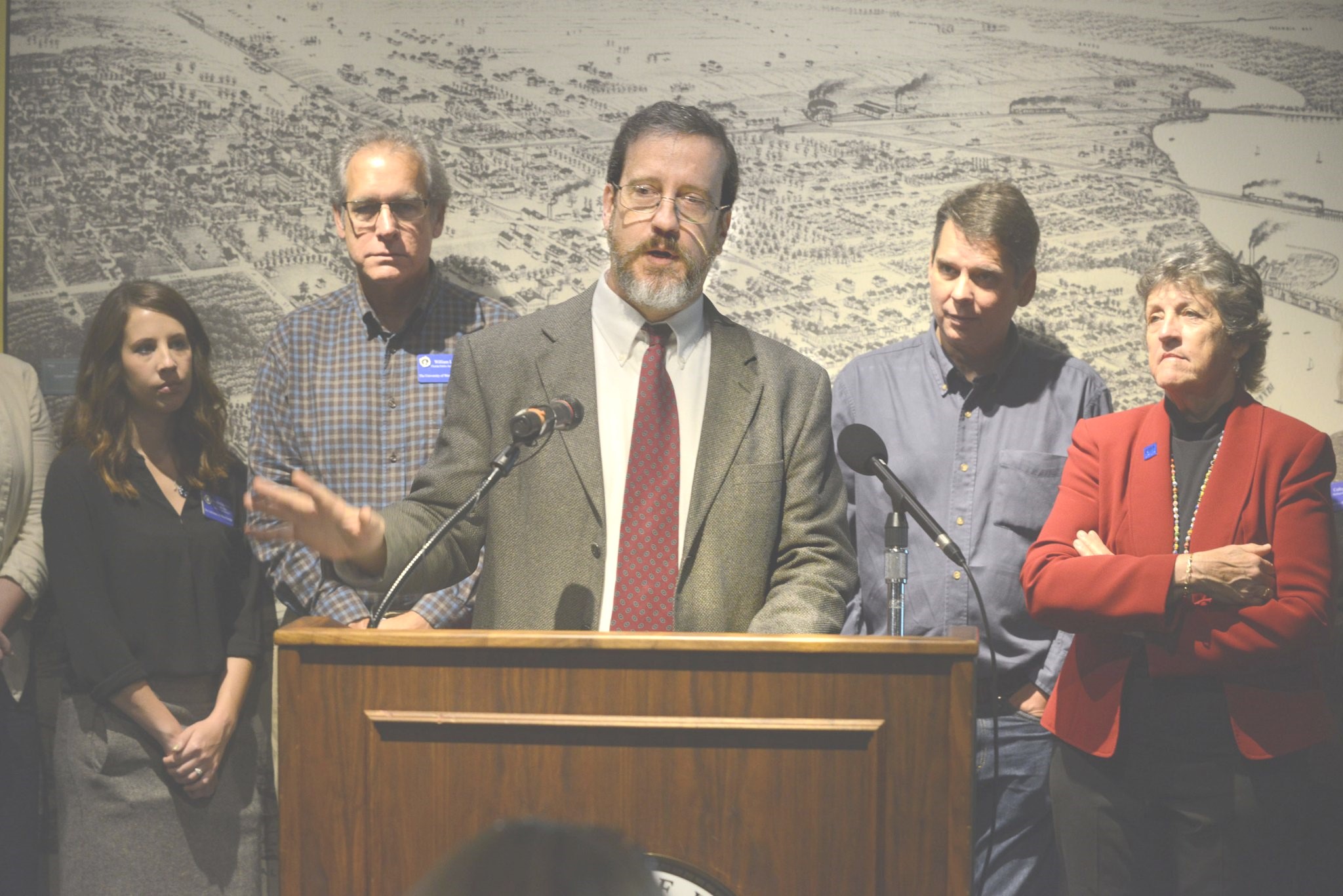by: Contact Archeology Inc.
December 2023
Perhaps the world renowned scientist Carl Sagan said it best concerning the scientific method:
“Remarkable Claims Require Remarkable Proof.”
The University of West Florida (UWF) made a “Remarkable Claim” in December of 2015 when they publicly announced that they had definitely found the 1559 Spanish Colony lead by Tristan de Luna (Pensacola News Journal, PNJ, Dec. 18, 2015). It has been nine years to the month since UWF issued their “Remarkable Claim.” They still have not produced the “Remarkable Proof” necessary to scientifically confirm their claim. The “Remarkable Proofs” would be Spanish burials, structures, refuse pits, fire hearths or even remains of European domestic animals such as horses, cattle, oxen, and hambones. The excavations by UWF have covered a remarkable amount of the East Pensacola Heights Site (8Es1) that was first reported by the Smithsonian Institution in the 1880s and later in the 1940s. During the 1800s investigation the site was reported as a Native village with two Native burial mounds. The Smithsonian investigation in the 1940s revealed that the mounds were no longer present, likely due to post war suburban residential expansion. It has been reported by UWF that 70% of the artifacts are Native in origin while only 30% are Spanish which are mixed with Native artifacts, thus confirming the Smithsonian conclusion.
There is a dictate upon universities that mandates a practice of transparency of their data within a reasonable time frame. In the nine years that have transpired since the UWF “Remarkable Claim” there has not been a technical report made available to archeologists and the public. That is not a reasonable time frame.

The remarkable amount of excavations by UWF at the East Pensacola Heights Site are shown in black. The definitive archeological features needed for proof of the Luna Colony have not been found. Note that the map is from a 2019 article by UWF. They have had 4 more field seasons of excavations since 2019 which could certainly increase the number of excavations.
Contact Archeology Inc. (CAI) has made repeated attempts to obtain a technical report or at least the UWF data of artifact tables and feature forms of what has been found and where it was found at the East Pensacola Heights Site (8Es1). CAI have been “stonewalled” at every juncture by UWF. They have not issued a detailed technical report in the nine years they have been excavating at the site. That is not respecting the “Public’s Right to Know” adherent to laws and ethics of the Profession of Archeology.
UWF has had numerous articles published by various public media outlets. They have also given numerous papers at professional conferences. That is not the same as a technical report being released to the public in standardized formats providing details of their excavations. For some reason UWF has aggressively avoided publishing such a document. If they did, it would allow the academic community to critique the interpretations of their data.
Public universities in the State of Florida, including UWF, receive state and federal funding. Therefore, they are subject to state and federal laws which require full disclosure of their data. In other words, universities are subject to a legitimate expectation of transparency in the workings of those institutions. The University of West Florida has failed this requirement by lacking transparency. UWF has been excavating at their alleged Luna Colony site for nine years and still do not have the requisite archeological features to prove their dramatic announcement in 2015. Is it or is it not the Luna Colony Site? A technical report could help to answer that question.
CAI will continue to pursue the obtaining of a technical report from the University of West Florida. The professional community deserves access to the data as does the public and the archeology students at UWF. It is long past time for UWF to drop the “Shroud of Secrecy” regarding their archeological research at the alleged Luna Colony.

The University of West Florida discussing their alleged discovery of the Luna Colony.